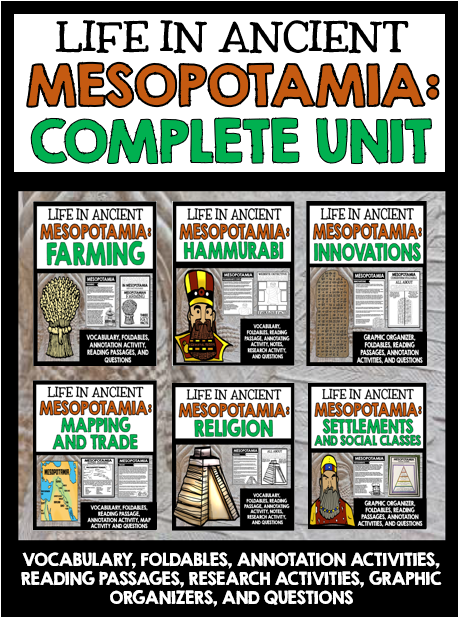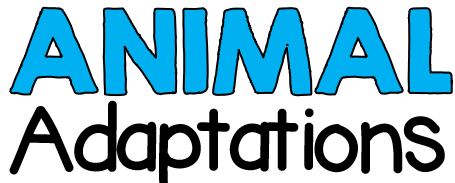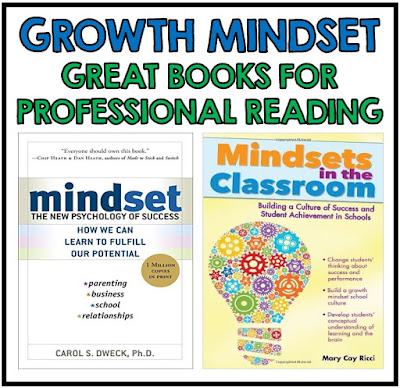Welcome to my first ever Blog Book Study! I just finished reading Donalyn Miller's Reading in the Wild and I can't wait to share my thoughts!
I fully admit that I am a bit behind in my professional reading.
Reading in the Wild was given to me by a good teacher friend quite a while ago, and I just now got around to reading it. Once I picked it up, however, I found it hard to put down. I agree so much with a lot of what Miller talks about in the book about providing kids with independent reading time - in fact, I just recently wrote an entire blog post on this topic, which
you can check out here if you like :). Even though I am already doing many of her suggestions, there were still so many ideas that I want to incorporate into my classroom.
First of all, what is a "Wild Reader"? According to Miller, these individuals "incorporate reading into their personal identity to the degree that it weaves into their lives along with everything else that interests them". When I think back to my childhood, I can say that I have pretty much always been this type of reader. Book stores and libraries have always been some of my very favorite places. I really love this definition, and really want to work on creating these types of readers in my classroom.
Throughout her book, Miller talks about the need to carve out reading time for our students.
"Imagine schools where band, choir, debate, and athletics participants were not given practice time during the school day, and yet were still expected to perform. If we expect students to perform as readers, they need time to practice reading at school too".
This quote really resonated with me. I believe this is so, so, so important. I start each of my Humanities classes with 15 minutes of silent reading each day, and truly enjoy the opportunity to sit around with the kiddos and talk about books. We really need to work to build a reading community in our classrooms, where kids (and adults!) share books they are reading, make recommendations to each other, and simply read for readings sake.

I do understand that some teachers have difficulty fitting independent reading time into their schedules, and because of this I really liked what Miller had to say about carving out small chunks of reading time. Instead of always picking up their phones when they have a spare minute, we need to teach kids to reach for a book. There is always time to sneak in a few minutes of reading throughout the day - waiting in line at recess, sitting in the doctors office, etc. I know I am horribly guilty of this, and am going to work on practicing what I preach by making sure I always have a book in my bag. I am also going to make more of an effort in the future to have my students keep their silent reading books on their desks throughout the school day, so they can pick up them up and read when they are done their work. Even if it is only for a few minutes, the time adds up! Research has shown time and time again the correlation between time spent reading and academic achievement, and the more reading time we can get them to sneak into their days the better.
I really liked what Miller had to say about classroom libraries, and how student access brought with it increased motivation and reading achievement. My classroom library is very special to me, as I have spent my career developing it into something great. Over the years, I have managed to pick up about 40 different sets of 5 books each - this gives me a great variety of titles to share with my students! In order to do this, I have had to be quite creative.

One way I have added to my class books sets over the years is by searching through used books stores. I have a small collection hidden behind my whiteboard of half completed novel sets; whenever I go to the used book store (we have such a great one in town!), I keep an eye out for particular titles, and slowly add to my sets as I find them. Overtime, I am able to complete my sets, and add them to my class book shelf. I will admit that I am quite picky about the books I purchase used though - I like my books to look fresh and new when the kids pick them up, so I only will buy the ones in excellent condition!
A few years ago, I also wrote up a proposal to our administration, requesting book sets for my department. I discussed how we wanted to try some new strategies with literature circles and small group instruction, and requested several book sets at different reading levels. Thankfully, our proposal was approved, and we were able to pick out and purchase a bunch of new titles to add to our collection. It was really great to be able to pick the books ourselves, as we were able to pick some tried and true classics as well as some new and exciting titles. I like to make sure I have some obscure (but still great!) titles as well, to make sure my avid readers haven't read everything on the shelf (this actually happened once - a truly amazing kid!)

Even though my classroom library is pretty well stocked, I am still constantly adding to it. Whenever we have money left in our budget at the end of the year, it always goes to purchasing (and replacing) classroom book sets. It has been a time consuming process, but has been well worth the effort. I truly love having access to these books in my classroom, and I think they really help give students the opportunity to have engaging and meaningful reading experiences throughout the school year.
Reading in the Wild also talk about the importance of allowing students opportunities to self select reading material. Kids can become so dependent on us when it comes to reading choices, and they need opportunities to discover new and great titles, authors, and genres on their own. This is another reason why I love my classroom library. There is a wide variety of titles for students to choose from, so they have ample opportunities for self selection. I have made sure to stock it with genres that my students sometimes avoid at the library, like poetry and non-fiction, so I can be sure they are accessing a wide variety of reading materials. Also, as I have read all of the titles myself, I am able to have authentic talks with the kids about the books they are reading; I think this is important, as it helps to show the kids that reading isn't just something I assign them, but something I am knowledgeable about and passionately do myself.
In the end, the main thing I took away from this book was how important it is for us, as teachers, to really focus on true and thorough instruction in reading skills and text analysis. While doing this, we need to remember to be mindful of not just teaching kids to read, but instead teaching kids to truly love reading. Instead of reading logs and book reports, we need to provide our students with the time to read and a variety of texts, to snuggle up with a good book and simply enjoy the process. Through this they will truly become "wild readers".























































